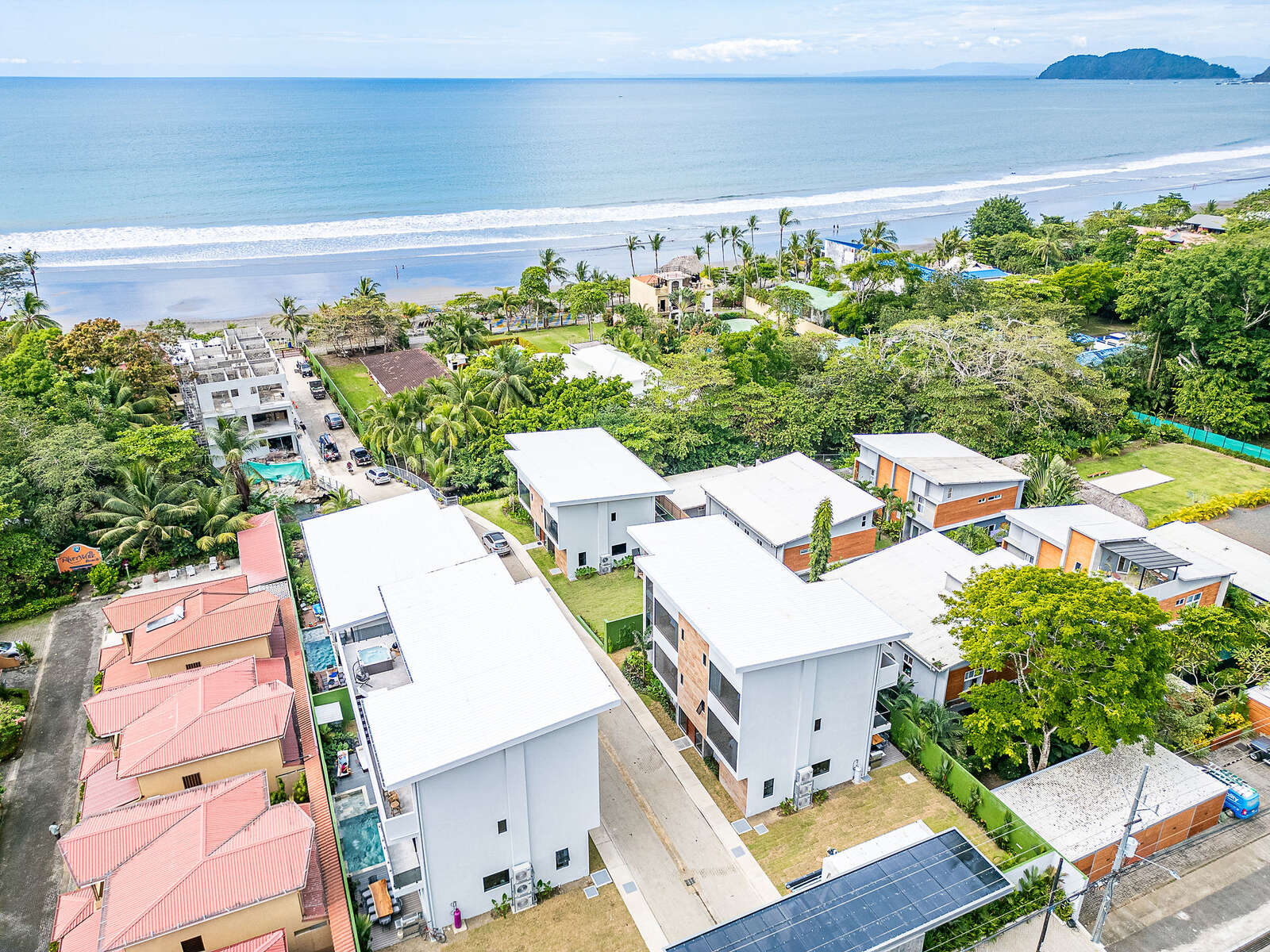Understanding Costa Rica’s Weather: When You Should Visit
If you’re considering a trip to Costa Rica you’re probably wondering whether there’s a best time to visit. In terms of weather, Costa Rica definitely has its wet and dry seasons, but in general, there’s no single best time of the year.
That being said, the best time to travel to Costa Rica depends on the type of activities you hope to enjoy, your budget, and how you feel about rain. If you’re looking for adventure, the dry season is the best time to visit. However, if you want to make savings on the cost, you’ll be better off heading there in the rainy season. The two rainiest months are September and October.
If it’s a beach vacation you’re planning, Jaco Beach is a lively beach town known for its water sports and party atmosphere. As a part of Costa Rica’s most developed coastline, you’ll find the ideal beach weather is between December and April, but there are so many other things to do that you can visit any time of the year.
To help you decide what’s best for you, let’s look a little closer at the different months of the year.
Best Time to Visit (December – April)
The dry season, spanning from December to April, is characterized by abundant sunshine, minimal rainfall, and consistently warm temperatures. With clear skies and minimal rainfall, this period offers ideal conditions for beach activities such as swimming, sunbathing, and surfing.
Outdoor adventures, including hiking, zip-lining, and wildlife viewing, are also at their peak during these months. However, this is also the peak tourist season, leading to higher prices for accommodation, tours, and flights.
Temperatures during the dry season range from 80–85ºF, although there will be some hotter days when the temperature hits 90ºF. You can expect nighttime temperatures to be around 70-75ºF.
Dry Season Pros
- Less rain means more sunny days to enjoy outdoor activities like swimming, hiking, and exploring.
- Wildlife sightings are more common as animals gather near water sources.
Dry Season Cons
- It can be hotter and more crowded with tourists, especially in popular areas such as Jaco Beach.
- Some natural attractions like waterfalls and rivers may have lower water levels.
Rainy Season (April – August)
The rainy season officially begins in April, but the transition is gradual. From April to August, the weather remains generally pleasant, with occasional afternoon showers. These are typically short-lived, followed by sunny skies and a refreshing drop in temperature. This shoulder season offers a fantastic opportunity to experience Costa Rica’s lush greenery at its peak as the landscape comes alive with vibrant foliage.
Advantages of visiting during the rainy season (April – August):
- Fewer crowds: You’ll encounter fewer tourists, allowing for a more relaxed and authentic travel experience.
- Lower prices: Accommodation and tour prices are typically more affordable during the off-season.
- Lush green landscapes: The rainy season brings a vibrant green hue to the landscape, creating stunning scenery.
True Rainy Season (September – November)
The “true” rainy season, spanning from September to November, brings more frequent and heavier rainfall. Expect cooler temperatures during this time, with occasional overcast skies. While the rain can sometimes be persistent, there are often sunny intervals throughout the day.
Benefits of visiting during the true rainy season (September to November):
- Low-season rates: Accommodation and tour prices are significantly lower during these months.
- Fewer tourists: You’ll encounter fewer crowds at popular attractions, allowing for a more relaxed and authentic visit.
- Unique opportunities: The lush greenery is at its peak, and activities like whitewater rafting and birdwatching can be particularly enjoyable during this time. It’s also a great time to visit waterfalls.
Rainy Season Pros
- Lush greenery and blooming flowers create beautiful landscapes.
- Fewer tourists mean less crowded attractions and lower prices for accommodations.
- The rain can provide a refreshing break from the heat.
Rainy Season Cons
- There can be heavy downpours and thunderstorms that may limit outdoor activities.
- Certain roads and trails may become muddy and difficult to navigate.
- Wildlife sightings may be less frequent as animals seek shelter from the rain.
Packing Tips Based on the Weather
Packing for your Costa Rica trip will depend heavily on the time of year you’re visiting.
Dry Season (December – April)
- Pack light and breathable clothing such as shorts, t-shirts, and sundresses.
- Don’t forget sunscreen with a high SPF, sunglasses, and a wide-brimmed hat for sun protection.
Rainy Season (April – August)
- Include a lightweight rain jacket or poncho, quick-drying towels, and comfortable, closed-toe shoes.
- Consider a light sweater or fleece for cooler evenings.
True Rainy Season (September – November)
- Pack a more substantial rain jacket, waterproof shoes, and a light sweater or fleece for cooler evenings.
- Don’t forget to bring insect repellent, as mosquitoes can be a problem during this time.
General Packing Tips
- Quick-drying clothing: Essential for staying comfortable in the humid climate.
- Comfortable walking shoes: For exploring towns and hiking trails.
- Reef-safe sunscreen: Protect both your skin and the delicate marine ecosystem at resorts like Casa Rio Mar, located on the south end of Jaco.
- Insect repellent: Especially important during the rainy season.
- Reusable water bottle: Stay hydrated and reduce plastic waste.
By packing according to the expected weather conditions, you can ensure a comfortable and enjoyable trip to Costa Rica
Final Thoughts
When planning a trip to Costa Rica, you’ll find that there’s no single “best” time to visit. The country offers unique experiences throughout the year, depending on your priorities.
For the best weather and most sunshine, the dry season (December – April) offers ideal conditions with minimal rainfall and warm temperatures, perfect for beach activities and outdoor adventures, and booking a stay at one of our Luxury Villas on Jaco Beach.
For lower prices and fewer crowds, the rainy season (April – October), particularly from April to August, provides a more relaxed and affordable travel experience with lush greenery and vibrant rainforests.
For a unique rainforest experience, the “true” rainy season (September – November) brings heavy rainfall, lush landscapes, and the lowest prices, but be prepared for some disruptions to travel plans.



